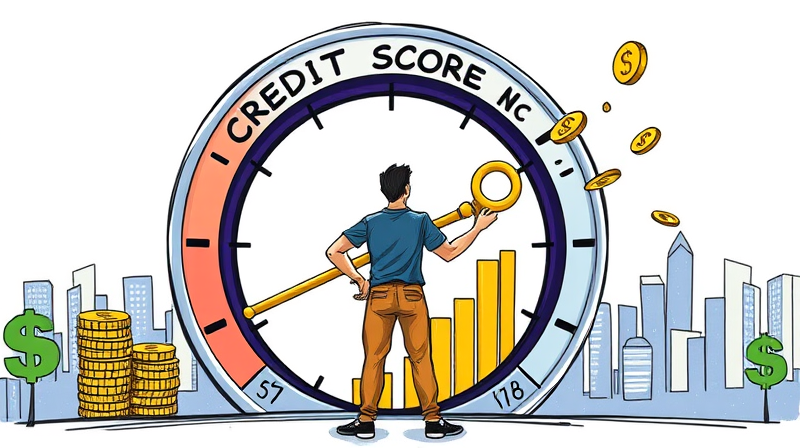
Embarking on the journey toward financial freedom can be both exhilarating and daunting. This guide lays out a clear, actionable blueprint, combining mindset shifts, practical steps, and essential benchmarks. Whether you’re starting from scratch or seeking to refine your existing plan, these insights will empower you to take control of your financial destiny.
At its core, financial freedom means having the means to live the life you envision without being tied to a traditional paycheck. It’s about creating enough income, savings, and investments that cover your expenses indefinitely. Imagine waking up each day and choosing your activities based on passion and purpose, rather than necessity.
True financial independence relies on two pillars: consistent non-labor income and a robust portfolio of assets. Regular dividends, rental earnings, or business profits can replace or supplement a salary, while assets like real estate or diversified holdings provide stability and growth.
Before you can construct a lasting blueprint, you must understand the fundamental building blocks of money management. Financial literacy empowers you to make informed decisions and avoid common pitfalls.
These basic skills are the bedrock upon which every other step rests. Without clarity on where your money goes, it’s impossible to direct it toward your goals.
With knowledge in hand, follow this eight-step blueprint to chart your path forward. Each step builds momentum, helping you progress from uncertainty to abundance.
Each of these steps is a milestone. Achieving one fuels confidence and clarity for the next, creating a virtuous cycle of progress.
Financial freedom is not a binary state but an ascent through seven progressive levels. Recognizing your current stage helps you celebrate wins and identify next moves.
Most people live between levels 2 and 4; the jump to levels 5–7 requires deliberate strategies and unwavering discipline.
Money management is as much psychological as it is mathematical. Adopting the following habits transforms your blueprint from a cold plan into a living practice rooted in values.
Continuous education is crucial. Subscribe to reputable financial publications, attend webinars, and engage with trusted advisors to sharpen your understanding and adapt to changing markets.
Leveraging the right tools accelerates your journey. Modern apps and platforms take much of the manual work out of budgeting and investing.
Each resource complements your efforts, providing data, structure, and accountability as you implement your blueprint.
Becoming financially free is not a sprint but a marathon of consistent, informed actions. By defining clear goals, mastering budgets, eliminating debt, and investing wisely, you build unstoppable momentum. Remember: setbacks are inevitable, but each challenge offers a chance to learn, adapt, and grow.
Visualize your life at each level of freedom, and let that vision guide daily choices. Surround yourself with supportive communities and resources, celebrate milestones, and never lose sight of the values that inspired your blueprint. With dedication, resilience, and the right strategies, the life you dream of is within reach.
References













